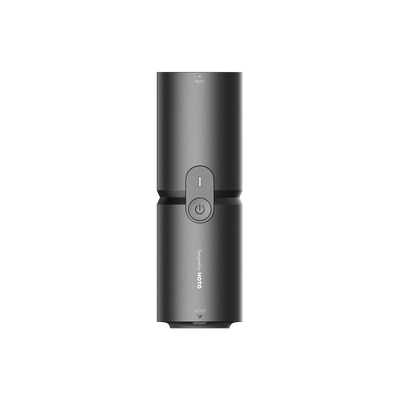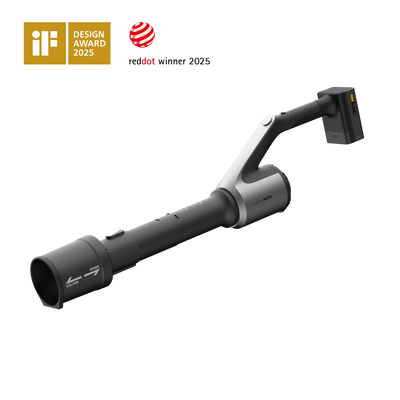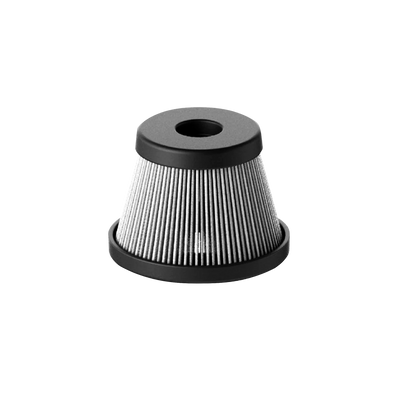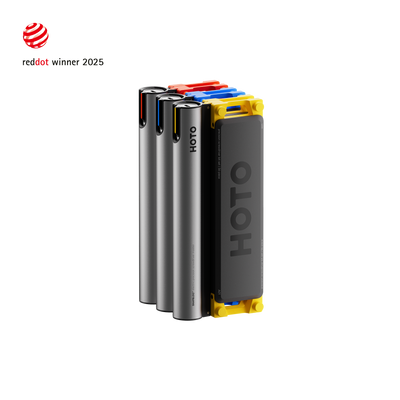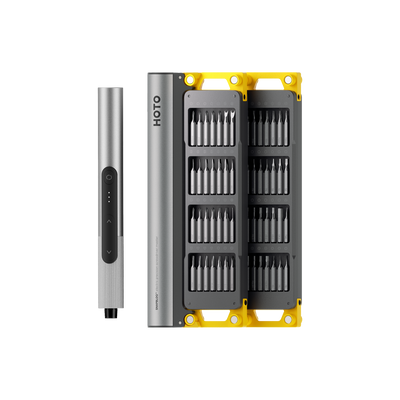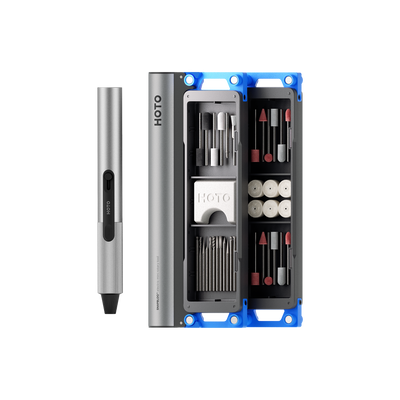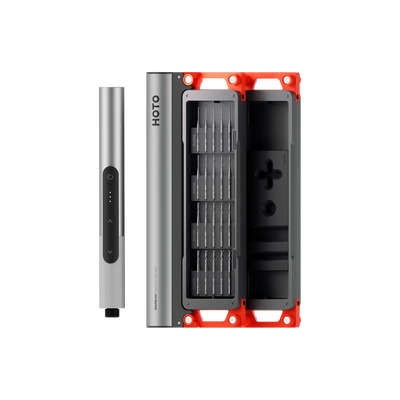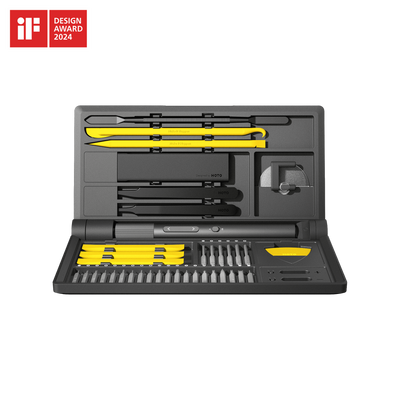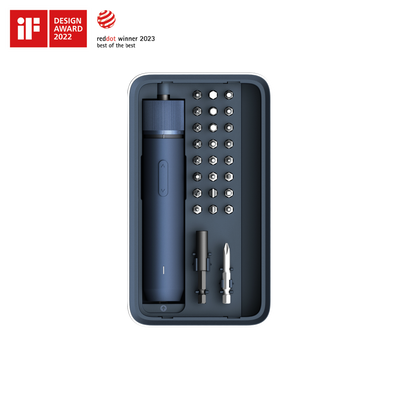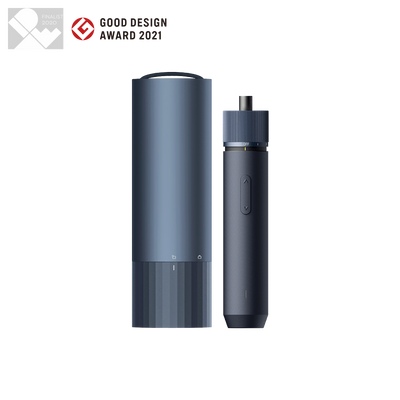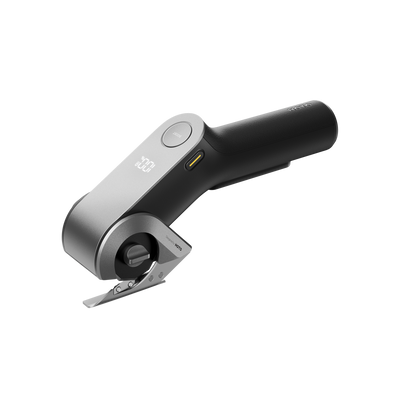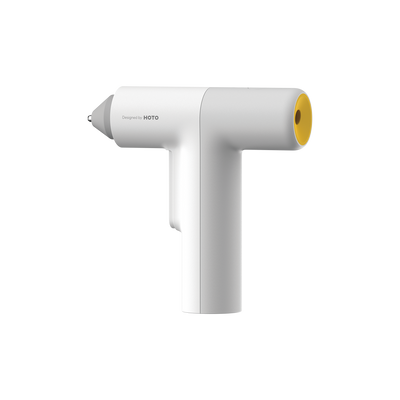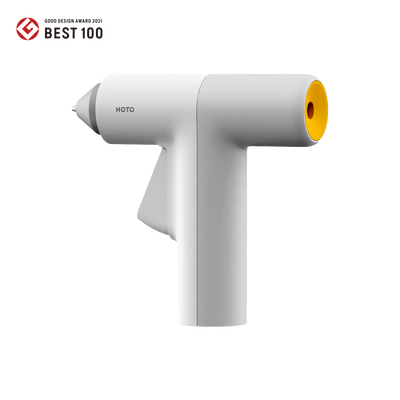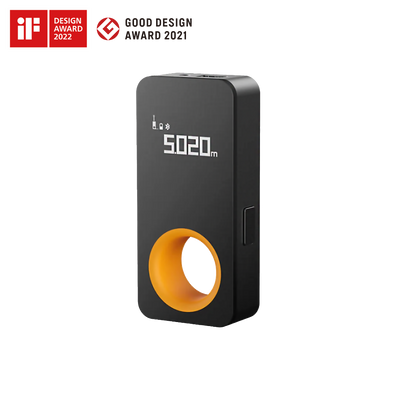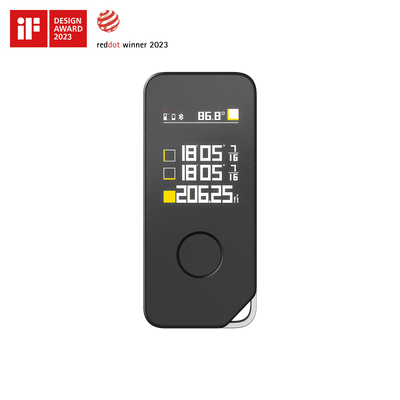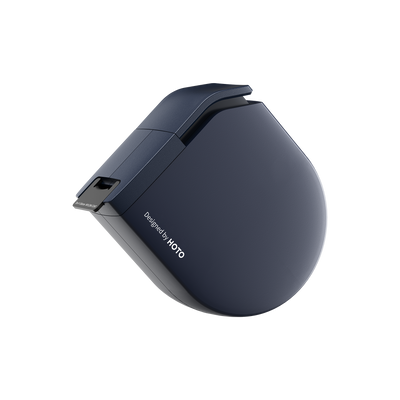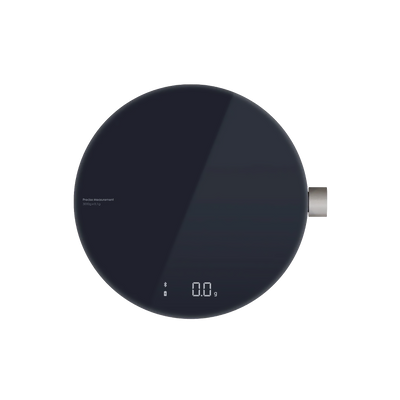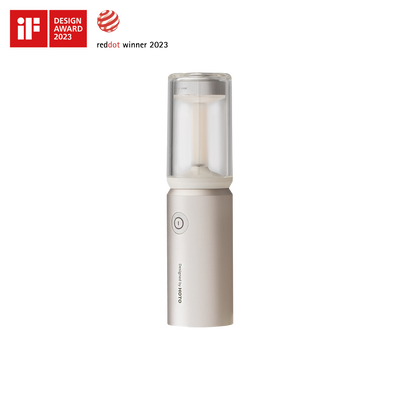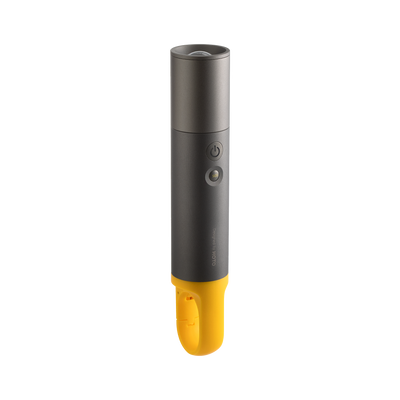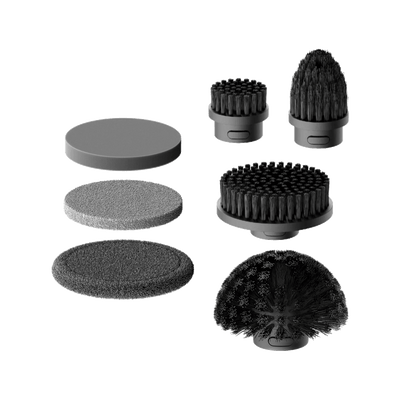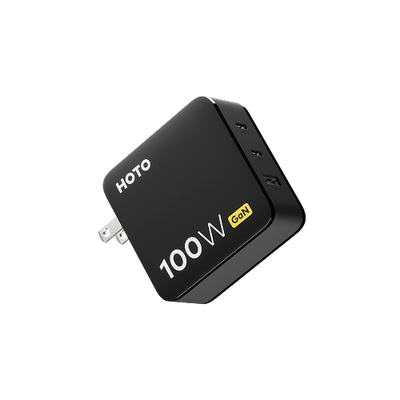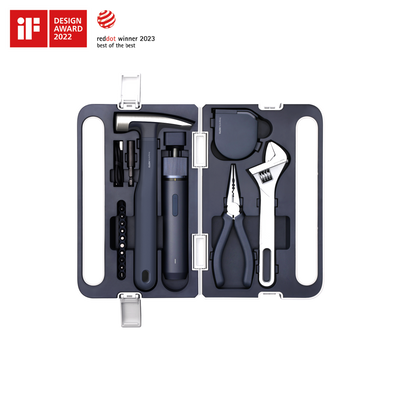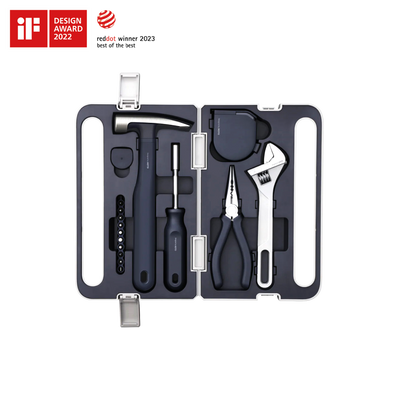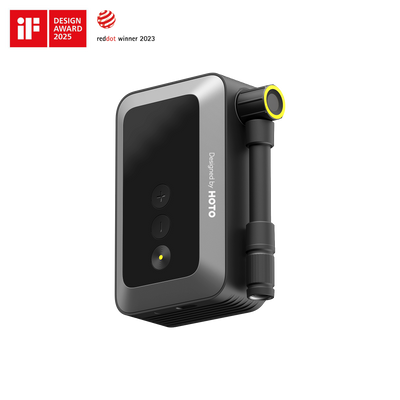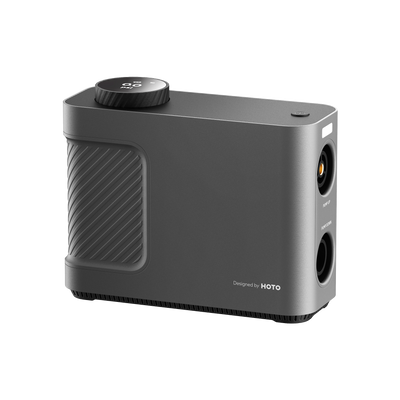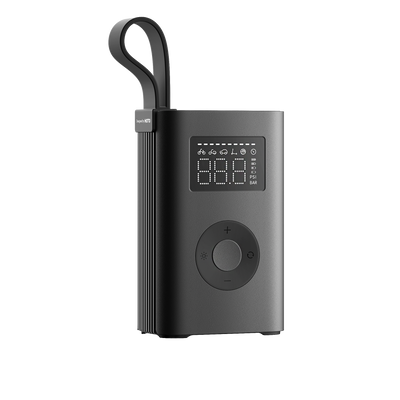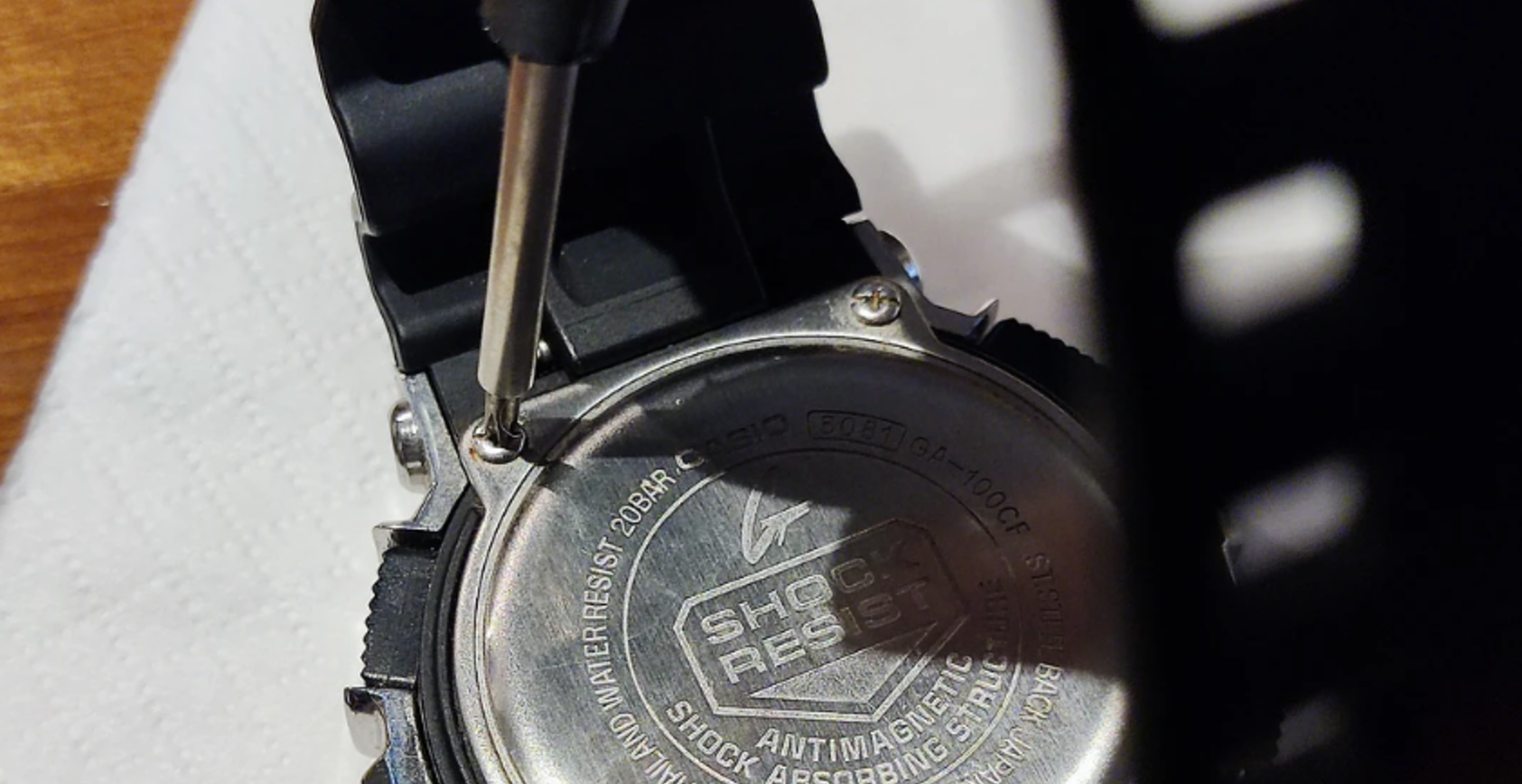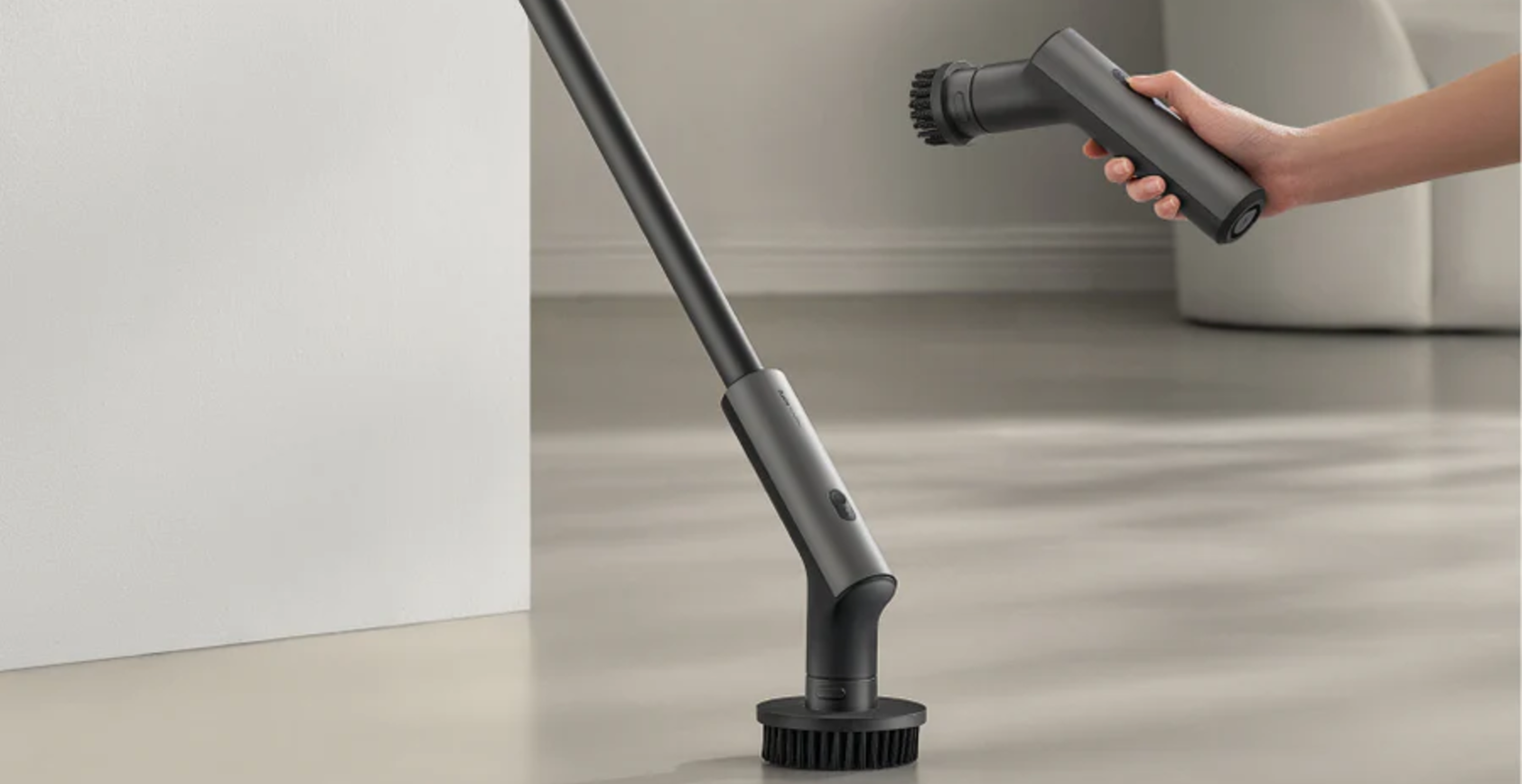
Before you fly: Can I bring a screwdriver on a plane?
Planning a trip can be a whirlwind of excitement, but the last thing you want is to get caught off guard at security. With a myriad of rules governing what you can and can’t bring on a plane, it’s easy to feel overwhelmed. One common question many people interested in DIY crafting often ask is: Can I bring a screwdriver on a plane in my carry-on luggage? Understanding the rules is crucial for a smooth journey. In this post, we’ll break down the regulations surrounding tools in air travel, so you can pack with confidence and avoid any unexpected hiccups at the airport. Let’s dive in!
Regulations in different areas
EU Regulations
The list of prohibited items drawn up by the EU doesn't mention screwdriver bits explicitly. These regulations are often left vague enough so as to allow the airport security staff enough wiggle room to rule on a case-by-case fashion. However, the linked document has an entire paragraph on workmen's tools which includes all of the following in the list of items forbidden in hand-luggage:
- workmen's tools (tools capable of being used either to cause serious injury or to threaten the safety of aircraft), including:
- crowbars,
- drills and drill bits, including cordless portable power drills,
- tools with a blade or a shaft of more than 6 cm capable of use as a weapon, such as screwdrivers and chisels,
- saws, including cordless portable power saws,
- blowtorches,
- bolt guns and nail guns;
An over-zealous airport security staff member might consider as either screwdrivers, drill bits or both, and thus might disallow you from carrying them on the plane in your hand-luggage. As usual, to be safe, put your screwdriver in the check-in luggage.
TSA and CATSA Regulations
For completeness sake, note that in TSA regulations, the screwdrivers which are shorter than 7 inches can be carried both in carry-on bags and checked bags, while ones longer than 7 inches are prohibited in carry-on baggage and must be packed in your checked baggage.
Similarly, the Canadian Air Transport Security Authority (CATSA) seems to allow tools of length ≤ 6cm in hand-luggage

Types of HOTO Screwdrivers
Precision Screwdriver Kit
Although it’s a little longer than 7 inches and should be packed in the checked bags, its design is perfect for DIY projects, electronics repair, and intricate crafting. Enhanced magnetic properties of bits and screwdrivers improve micro screw pick-up. There’re totally 25 precision bit in the kit, including Phillips, Torx, Slotted (Flathead), Hex, Pozidriv, Square, and Security bits for a wide range of applications, which means the versatile and powerful screwdriver kit meets all your precision needs with ease and efficiency.

Pocket Precision Screwdriver SE
It can be packed in your pocket or in the carry-on bags, saving great space. This ultra-lightweight, 18-gram tool kit is a total lifesaver in a pinch. With a screwdriver set packing 4 essential bits (philips: PH00, PH0, PH1, flat blade: SL1.5), handling minor repairs is a total breeze. It's the ultimate sidekick for daily tasks and epic road trips. It can also be your Plan-B for writing with the changeable soft pencil bit designed for light usage and endless writing.

Packing tips to avoid issues at security
Step 1: Pack Your Bag
Ensure your checked luggage is secure, as it will be jostled during transit. Your luggage will need to go through security, as many items cannot be checked. Avoid bringing prohibited items to save time for yourself and others. Zip all compartments securely and lock your luggage if possible. If your bag isn’t sturdy enough, consider packing it in advance or using airport wrapping services upon arrival.
Step 2: Wait in Line at the Designated Counter
Confirm which airline you’re flying with, as check-in areas vary. If you can’t find the right counter, ask airport staff for assistance. Checked luggage must be manually processed at the counter, so be prepared to wait patiently in line. Airlines often have different baggage allowances based on passenger categories (first class, VIP, economy, etc.). Staff will weigh your luggage before checking it in.
Step 3: Collect Your Luggage Upon Arrival
After the flight, your luggage will arrive at the designated baggage claim area. Pay attention to the signs and collect your bag at the specified location. If multiple flights arrive at the same time, ensure you’re at the correct pickup area for your flight.
Step 4: Inspect for Damage or Loss
With many bags around, it’s easy to grab the wrong one. When retrieving your luggage, always check the barcode on your bag against your boarding pass to confirm it’s yours. Once you have your luggage, check for any damage or missing items. Verify that everything is intact before leaving the airport. If your luggage is lost or damaged during transit, contact the airline promptly.
Summary
In conclusion, the question "Can I bring a screwdriver on a plane?" is a common concern for many travelers, particularly those involved in DIY projects or repairs. Understanding the regulations is crucial to ensure a hassle-free journey. While TSA and CATSA guidelines permit shorter screwdrivers in carry-on luggage, longer ones must be placed in checked bags. Conversely, EU regulations can be more restrictive, leaving room for security personnel to make case-by-case judgments.
To avoid unnecessary delays or complications at airport security, it’s always a good practice to check the specific rules for your airline and destination before packing. If you're uncertain, opting to pack your screwdriver in your checked luggage is the safest approach. This not only minimizes the risk of confiscation but also ensures you can travel without added stress.
By being informed and prepared, you can focus on enjoying your trip rather than worrying about what’s in your bag. Ultimately, thoughtful packing and understanding airport security regulations will help you navigate the travel process smoothly, allowing you to arrive at your destination ready for your adventures.



